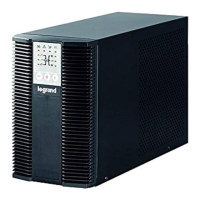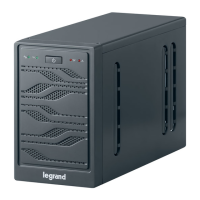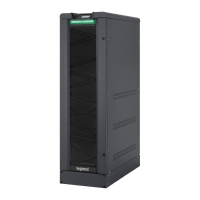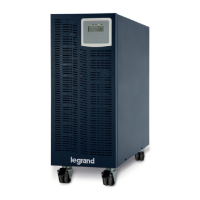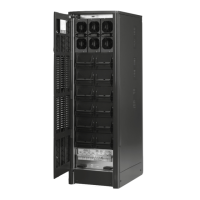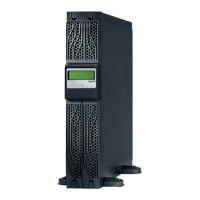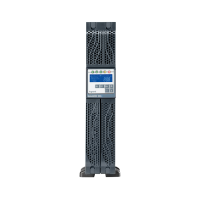
Do you have a question about the LEGRAND CS102 and is the answer not in the manual?
| Communication Ports | USB |
|---|---|
| Frequency Range | 50/60 Hz |
| Operating Temperature | 0-40°C |
| Storage Temperature | -15-45°C |
| Relative Humidity | 0-95% non-condensing |
| Input Voltage | 230 VAC |
| Output Voltage | 230 VAC |
| Topology | Line-interactive |
Compliance with EMC directive and technical standards for the device.
Overview of the CS102's key capabilities and benefits.
Illustrates how the CS102 integrates into a network application.
Lists the items included with the CS102 card.
Details the physical ports and connectors on the CS102 card.
Step-by-step guide for physically installing the CS102 card onto a UPS.
Instructions for locating the CS102 card on the network using utility software.
Procedure to change the default administrator password for security.
Steps to select and configure the connected UPS model.
How to set the system's date and time for accurate logging.
Enables or disables network communication protocols for the device.
Manually set IP address, gateway, subnet mask, and DNS.
Overview of the UPS status, schedules, alarms, and other data.
Displays current UPS status, latest alarms, and schedules.
Manage UPS settings, schedules, and alerts.
Configure automatic UPS battery tests and shutdown schedules.
View active alarms and logs for UPS events.
Adjust system-wide configurations like system name and units.
Manage user accounts and RADIUS authentication settings.
Configure web interface refresh intervals and external links.
Update the CS102 firmware to the latest version.
Add or edit languages for the web interface.
Configure network parameters for the CS102.
Enable or disable network communication protocols.
Configure Wake On LAN feature to restart PCs via MAC address.
Set up the CS102 to connect to a Wi-Fi network.
Configure email and SNMP trap notifications for UPS events.
How to connect to the CS102 using an SSH client.
Accessing the CS102 configuration utility via SSH menu.
Configure IP address, gateway, subnet, date, and time via SSH.
Enable/disable network protocols like HTTP, SNMP, and SSH.
Manage user access levels and RADIUS settings via SSH.
Configure email server and receiver settings via SSH.
Configure SNMP access parameters and trap receivers via SSH.
Final steps to exit the SSH configuration utility.
Customize SNMP settings, access control, manager setup, and trap receivers.
Configure UPS response to various shutdown events.
Set up weekly or special day schedules for UPS shutdown.
How to manually turn off the UPS with a delay.
Procedure to manually set the UPS into sleep mode.
Explains the meaning of the CS102's status and network LEDs.
Lists the hardware and software specifications of the CS102.
